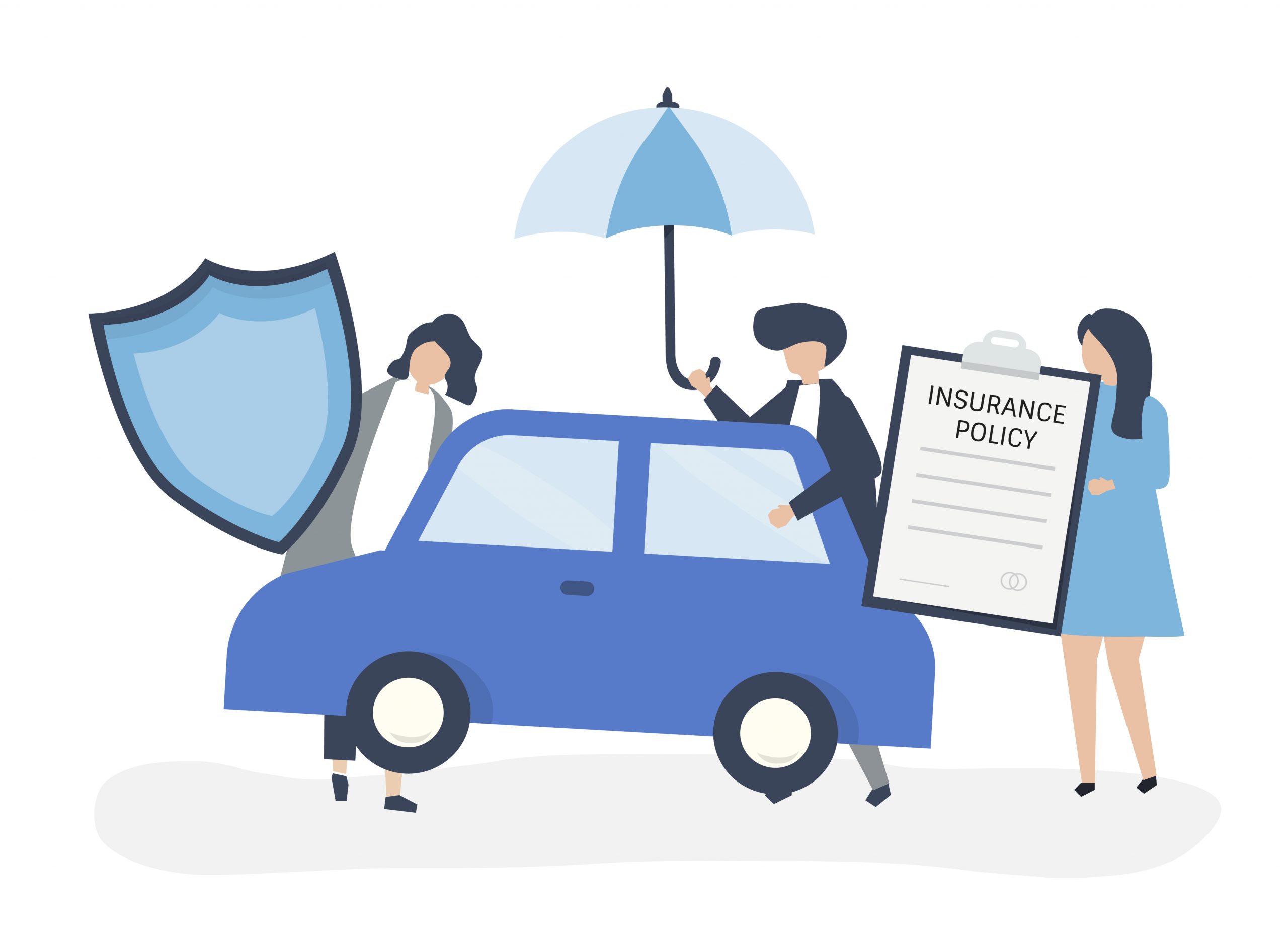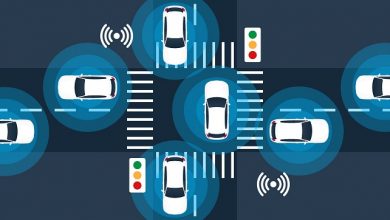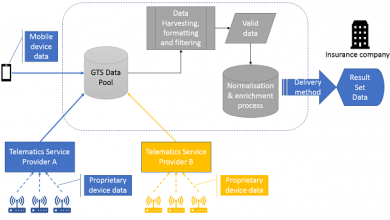INSURTECH: MORE PROMISE LESS PERIL

InsurTech is making way into insurance industry globally. The pandemic has significantly accelerated technology penetration across industries, thereby leading to significant technology deployments and implementation of digital solutions at insurers across the globe.
India has been at the forefront of innovation, accelerating the use of digital platforms across all segments of society. As a part of Digital India initiative, India is pushing for digitizing its financial services and is taking important steps towards financial inclusion. This process of digitization has significantly increased the amount of data collected and thus creates avenues for new opportunities.
Insurers have an opportunity to play a key role by co-creating and adapting their offerings to the new “Digital Environment” and orchestrate these ecosystems.
This leads to an important question:
“In this connected world, should Insurers be leveraging technology?”
Or
“Should technology companies offer insurance?”
Well, there is no straightforward answer to this. In this inception of digital era, It is critical that the Insurers, InsurTechs and Regulators work together towards building the Industry for Connected world, where the ultimate winners should be the end consumers.
The Indian insurance sector has significantly low penetration, as compared to the developed and other emerging economies. Insurance penetration levels in the rest of the world is at 7.3% and in the emerging Asian economies at 5.9% of GDP.
India’s insurance penetration level is at 4.0% (Life Insurance at 3.0% and General Insurance at 1%). So, there is a huge gap between Insurance Coverage and Asset Value, which highlights the high-risk state of the country.
Having said that, Indian Insurance Industry has shown significant growth in last 5 years, with Non-Life Insurance industry growing at CAGR of 18%. Rapid adoption of Internet in India has caused insurance industry to undergo these changes that are driving these key paradigm shifts.
Additionally, technologies like IoT, AI and Big data analytics are being used to optimize the operations, profiling the risk and creation of new value added products and services.
IRDAI, India’s Regulatory body is doing a great job and has played an active role in supporting innovation in the insurance industry. Formation of regulatory sandbox was a significant step to promote innovation. Since it’s formation, almost 250+ proposals have been submitted for approval. Recent approval to use PAYD (Pay As You Drive) and PHYD (Pay How You Drive) for Motor Insurance, brings Connected Insurance and use of IOT Technology to the forefront.
INDIA’S MOTOR INSURANCE STORY:
Motor insurance continues to be the most important line of general insurance business, with nearly 40% share of the gross underwritten premium. Post Covid, Insurance industry has seen good growth in Health Insurance space too, but Motor insurance still continues to lead.
In India, we have approximately 35M Cars, 10M Commercial Vehicles and 200M 2-Wheelers. The numbers of construction or agriculture equipment are not included.
Gross Annual Premium underwritten for motor insurance in India is around USD 10B. But state of things are such that only 42% vehicles are covered under insurance. There are 58% vehicles that are not insured. Assuming, we had 100% coverage, total annual premium underwritten would be around USD 25B.
With a population of almost 1.4 billion and the soaring aspirations of India’s young populace, there is a huge opportunity for Auto industry and insurance companies to tap large volumes of prospective consumers. Digital offerings are being looked upon to increase the outreach and come up with new innovative products in order to increase penetration in Tier-2 and Tier-3 cities.
Insurance regulator’s plan on easing the minimum entry capital requirement for setting up an insurance company, along with tax incentives and lower solvency margin is a positive move in this direction. This will aid in expanding the reach of the insurance industry and open avenues for mini insurers with limited product offerings for specific geographies.
To bring things into perspective, US has a population of around 300M and has 600+ Insurance companies. In India, we have population of 1.4B, and have only 35 Insurance Companies. So, we have extremely low insurance penetration, and there is a big gap between Insurance Coverage and Asset Value.
CONNECTED INSURANCE – A DIGITAL HOPE:
Technology has revolutionized the way businesses operate, and the insurance sector is no exception. Disruption in distribution, automation of claims management and data collection/analysis are helping businesses to drive organizations forward with increased efficiency and achieve greater scalability.
In this digital era and disruption in insurance distribution, “DIY” approach is emerging as the trend how insurance is being consumed. But this approach caused insurance loyalty to take a big hit. Insurance premiums from various companies are available at a click of a button and customers opt for the cheapest option available. So, to stay relevant, insurers have to continuously strive to predict risks more accurately and sharpen pricing strategies, thus providing better value to their customers.
Connected Insurance offers a promising approach and Usage Based Insurance (UBI) is being globally accepted as future of Vehicle Insurance. Data from actual industry deployments indicate that the benefits of well-designed UBI programs can justify the investment. Also, acceptance of UBI products across the globe strengthens insurers trust in UBI to transform businesses by generating more revenue and saving costs.
Usage Based Insurance/Connected Insurance introduces a direct and constant channel of communication between the insurer and the insured. Insurance is evolving into a digital service, complete with sensor data that provides analytics and feedback to drivers and Insurance companies.
“Standard Product Pricing” or “One-Size-Fits-All” has made insurers struggle to generate operating profits and net incurred loss ratios are high. Connected Insurance helps insurers to move away from an ‘Asset-Driven’ Approach and adopt ‘Risk-Driven’ Approach.
Moreover, Insurers know that if they do not adopt Connected Insurance, and learn how to use this data in the next five years, they may be out of business as they may be left with all the high risk customers.
Thus usage of UBI helps Insurers to control claims, enhance pricing, increase profitability, and differentiate and personalize their products and services.
A research conducted in US studied a correlation between Risk Profile and Loss Ratios derived from traditionally priced policies. The drivers with lowest UBI driving score had a loss ratio of approximately 135%, compared to a loss ratio of approximately 38% for the top scorers.
INSURTECH: GOING BEYOND CONVENTIONAL:
With Connected Insurance, there are multiple factors that help to bring down costs and reduce Claim Ratio and eventually lowers the Loss Ratio.
There are five major factors that help reduce cost:
- Acquiring Low Risk Customers
- Improved Customer Engagement
- Improved Claims Management (Process Digitization, Reduced FNOL)
- Risk Analysis and Reduction
- Offering Personalized, Value-Added Services
Let’s look at them in detail:
- Acquiring Low Risk Customers:
In case of Connected Insurance, Risk selection occurs both at the acquisition and renewal stage. Dynamic Risk Profiling is done. Self-selection of insurers by the customer is now so prevalent that risky drivers are less likely to buy Connected Insurance products. These products determine risk more accurately at an individual level.
- Improved Customer Engagement:
Driving is a sub-conscious activity and people develop Automatic Driving Behaviour. Connected Mobility helps in development of a low risk “Automatic Driving Behavior” by giving insight into driving profile.
Connected Insurance greatly improves driving behavior, as premiums are based on driving patterns and behavior. Unlike traditional products, that place customers into predetermined risk segments, PAYD/PHYD can be more transparent and fairer and are based on real-time data feed.
Accurate data and continuous feedback help substantially for a driving behavior change.
- Improved Claims Management:
Automated Incident Reporting and crash alerts improve customer experience and combined ratios substantially. In India, First-Notice-Of-Loss (FNOL) is around 48-72 hours. During this period, lot of changes are fraudulently done to the vehicle for which insurance company has to pay.
In case of Connected Insurance and usage of IOT, an accident can be detected early, thereby reducing FNOL, providing better claims descriptions and engage the right repair network. This process optimization helps in reduction of fraudulent claims and thus reducing costs for Insurance Companies.
For the drivers, the benefits are tangible: rapid response in case of crash and faster claims resolution.
- Risk Analysis and Reduction:
Real-Time data and added security features in vehicles make both vehicles and drivers more secure. In India, once stolen, only 5% of vehicles are recovered back. Using connected technology can help in tracking the vehicle real-time, thus improving the chances of recovering it. Insight into the risk profile of the vehicle and its driver will help insurance company to make more informed decisions, fix leakages and reduce frauds.
- Offering Personalized, Value-Added Services:
Connected Mobility and use of IOT unlocks lots of opportunities for insurers to provide unique, innovative, value-added services. They are also generating new opportunities for interaction and stronger ties between customers and insurers, which in turn impacts engagement positively.
Therefore, Connected Insurance would help in enhancing revenues, reducing costs and nurture a steadily growing customer base. Structuring insurance products around customer personas, behaviors and preferences has already proved to be a path towards better customer engagement and satisfaction.
Author:

Suukhvinder Singh Lammba
Co-Founder & CEO
Waypals Systems
Suukhvinder is Thought Leader in the field of applied IoT with focus on Connected Mobility and InsurTech. His interests lie in the realm, where Insurance, Mobility and Connected Technologies overlap in the IoT spectrum. He is a technology leader with 23 years of experience, working across the globe, setting up and managing various initiatives in Smart Technologies, AI and Deep Data Analytics. He was awarded “30 Most Admired Tech Leaders – India” in 2018.
Published In Telematics Wire



